The mutineer glances back at the grizzled pirate captain as a sharp piece of steel jabs him in the back, prodding him forward. His crimes against the ship were too great and now he must face the ultimate penalty: walking the plank with arms bound.
This scene is a familiar one when it comes to talking about pirates. Next to peg legs, parrots, and hooks for hands, the idea of walking the plank is one of the most commonly associated acts with pirates.

However, most of the pirate lore that we all know and love today isn’t historically accurate, but rather came about due to the influence of various writers, most famously Robert Louis Stevenson with Treasure Island.
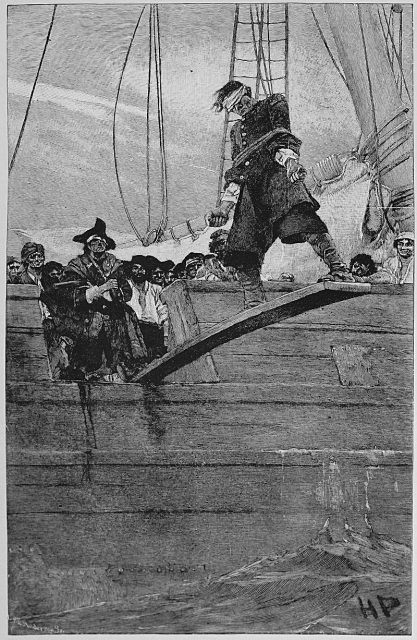
So, what about walking the plank? Is that truly a facet of pirate life or is it just another fiction that has been ingrained into the imaginations of popular culture? The answer isn’t as straightforward as you might think.
The first myth that can be put to bed is the idea that every pirate practiced walking the plank as a means of punishing mutineers and those who warranted the death penalty.
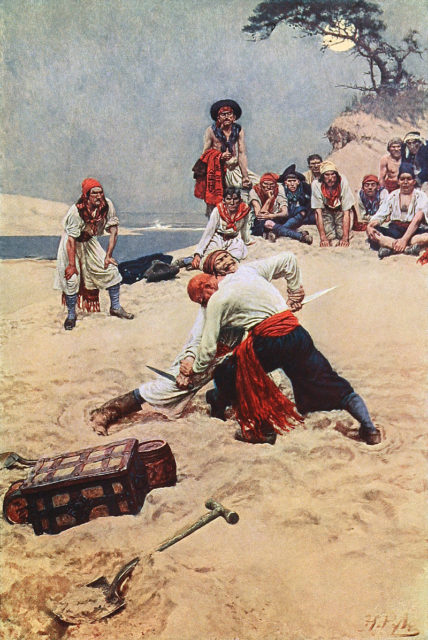
When it came to matters of internal affairs, pirate crews would either simply execute the offending party or maroon them, leaving the victim on a small, barren island with a pistol loaded with a single bullet.
For lesser crimes, flogging was the preferred method of discipline amongst pirates.
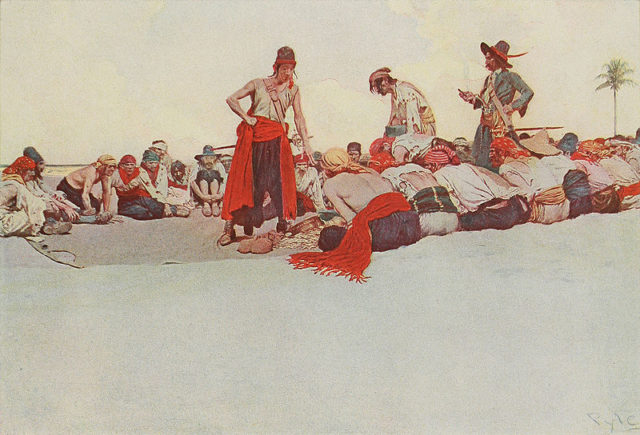
For those who were captured by pirates and sentenced to execution, there are a few examples in history of pirates forcing them to walk the plank.
Usually, this was done as a form of entertainment for the crew, to get a laugh as a bound person was given an opportunity to “swim for freedom” as they were forced to walk off the edge of the plank.
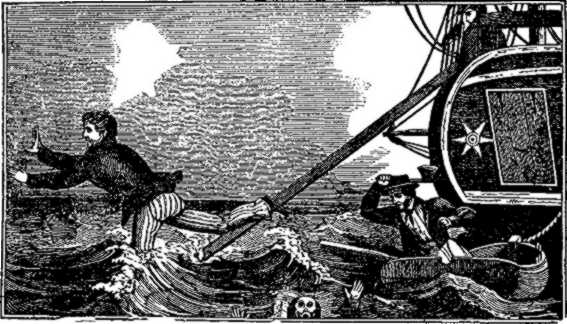
The concept of walking the plank has only shown up a few times in history, infrequently enough to indicate that this was not a widespread practice.
However, writers gave the concept real popularity when they began to include them in their stories during the 1800s.
Bizarre Pirate traditions most people don’t know about
Treasure Island, a book responsible for many untrue stereotypes about pirates, would popularize the idea, as Billy Bones would tell terrible tales about walking the plank to young Jim Hawkins.
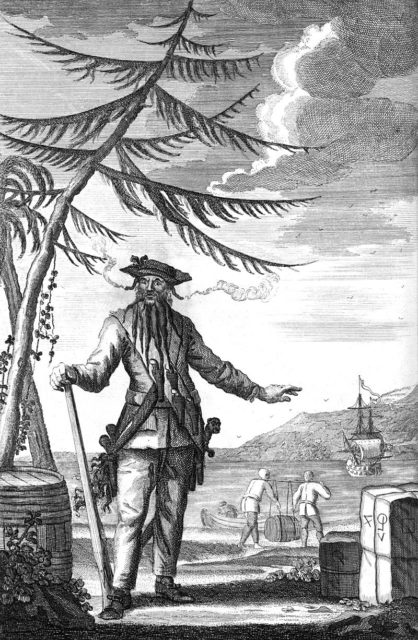
Perhaps the biggest modern contributor to the idea that pirates made their victims walk the plank was Disney’s, Peter Pan.
The famous scene was Captain Hook is forcing Wendy to walk the plank undoubtedly gave many children the idea that this was a normal practice for pirates.

One lexicographer, Francis Grose, believed that the practice of walking the plank stemmed from the desire to avoid legal penalty.
In his definition of walking the plank in Dictionary of the Vulgar Tongue, he wrote that this practice was designed as a way to avoid the penalty of murder.
Other historians have made such claims as well, that uneducated pirates very well could have forced people off of the plank in the middle of the ocean so that they could not be accused of directly murdering individuals.
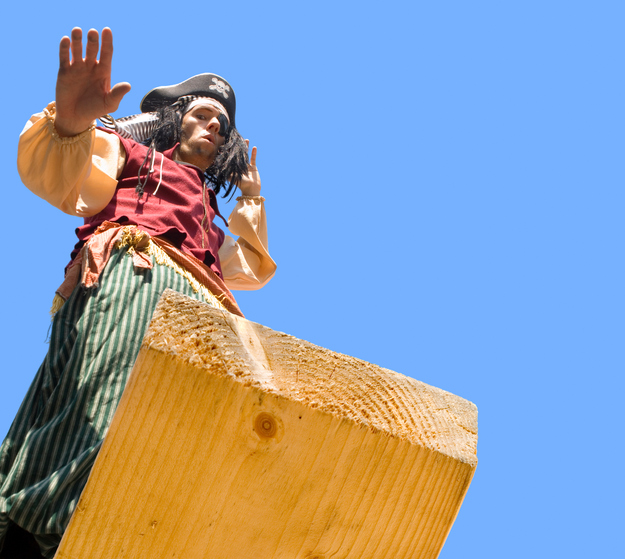
Of course, if this were actually the case, the legal defense would be laughable at best, because piracy was absolutely illegal and often carried the death penalty with it.
Any pirate who was captured could potentially be facing a hanging, regardless of whether they made someone walk the plank or not.
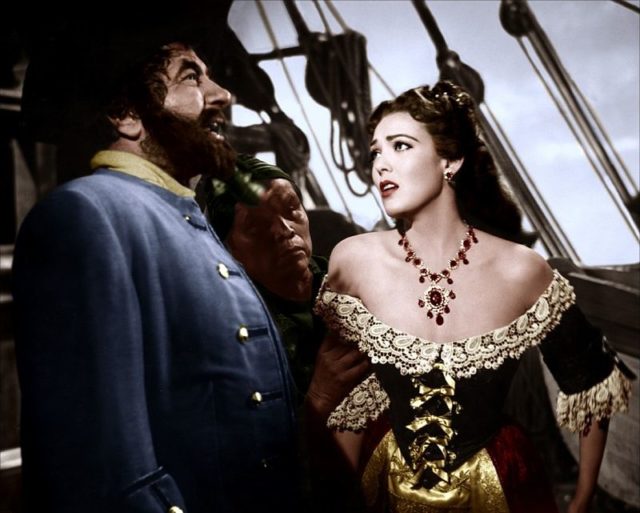
In the end, the truth is muddled. If a pirate really wanted to get rid of someone on their boat, they would most likely have just thrown their victim over the side.
Did some pirates practice making people walk the plank? There are a few accounts, such as John Derdrake who was said to make all of his foes walk off a plank.
But a handful of people doesn’t mean the practice was widespread in the least. Walking the plank, for the most part, is just another piece of literary fiction created to add color and character to pirates within books and movies.
Andrew Pourciaux is a novelist hailing from sunny Sarasota, Florida, where he spends the majority of his time writing and podcasting.
